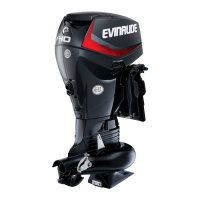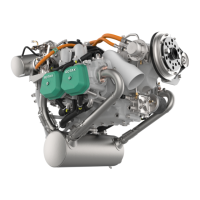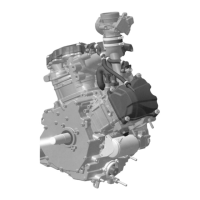134
FUEL SYSTEM
FUEL SYSTEM REQUIREMENTS
FUEL SYSTEM
REQUIREMENTS
Regulations and Guidelines
Vessel manufacturer, and/or installer of an EPA
certified outboard, must meet minimum specifica-
tions for boat fuel systems established by:
• U.S. Environmental Protection Agency (EPA)
– 40 CFR 1045.112
– 40 CFR 1060
• U.S. Coast Guard (USCG)
– 33 CFR 183
• American Boat & Yacht Council (ABYC)
– Standard H-24
– Standard H-25.
Portable Fuel Tanks
Do not use portable fuel tanks for
outboards larger than 115 HP. Inadequate fuel
flow to high horsepower outboards can result
in serious powerhead damage.
Fuel Flow Requirements
A WARNING
If engine is equipped with a quick-discon-
nect fuel hose, you MUST disconnect the
fuel hose from the engine and the fuel tank
to prevent fuel leaks:
• Whenever the engine is NOT being used
• Whenever the engine is being trailered
• Whenever the engine is in storage.
NOTE: A small amount of fuel may be
released when the fuel connector is dison-
nected.
Store portable fuel tanks in well-ventilated
areas, away from heat sources and open
flames. Close the vent screw of the fuel
tank cap, if equipped, to prevent escape of
fuel or fuel vapors which could acciden-
tally ignite. Do not allow disconnected fuel
hoses to leak fuel.
15 – 30 HP 40 – 90 HP 115 – 300 HP
Fuel tank pickup tube 1/4 in. (6.4 mm) min. ID 5/16 in. (7.9 mm) min. ID 3/8 in. (9.5 mm) min. ID
Fuel fittings 5/32 in. (4.1 mm) min. ID 1/4 in. (6.4 mm) min. ID 9/32 in. (7.1 mm) min. ID
Fuel supply hoses 1/4 in. (6.4 mm) min. ID 3/8 in. (9.5 mm) min. ID 3/8 in. (9.5 mm) min. ID
ALL MODELS
Fuel tank pickup
screen
100 mesh, 304 grade stainless steel wire, 0.0045 in. wire diameter, 1 in. (25
mm) long
Antisiphon valve 2.5 in. (63.5 mm) Hg maximum pressure drop at 20 gph (76 l/hr) flow
Remote fuel filter 0.4 in. Hg maximum pressure drop at 20 gph (76 l/hr) flow,
150 in.
2
(1290 cm
2
) of filter area
Maximum fuel pump
lift height
Fuel pump should not be located more than 30 in. (76.2 cm) above bottom of
fuel tank
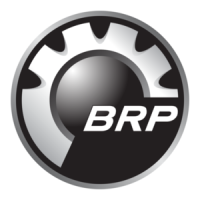
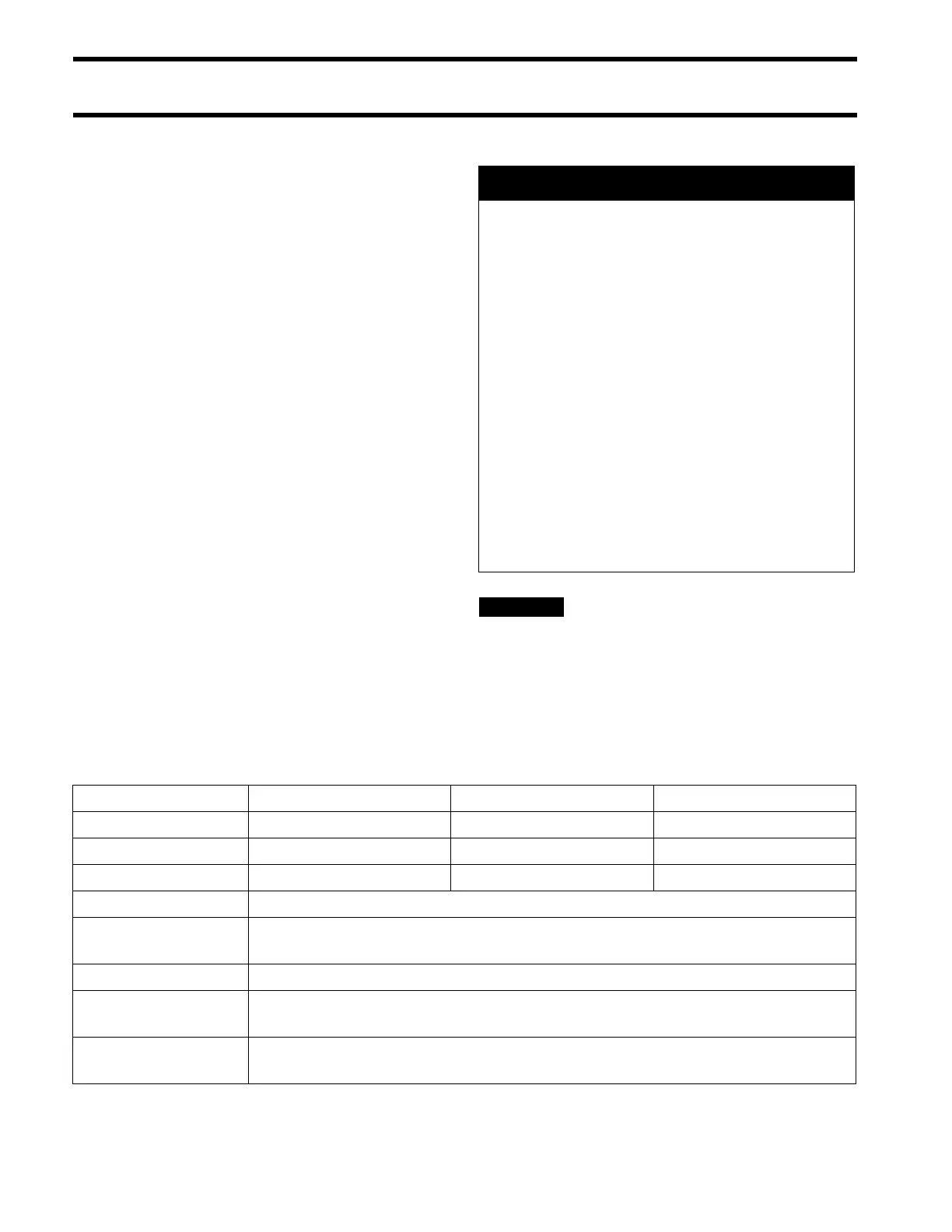